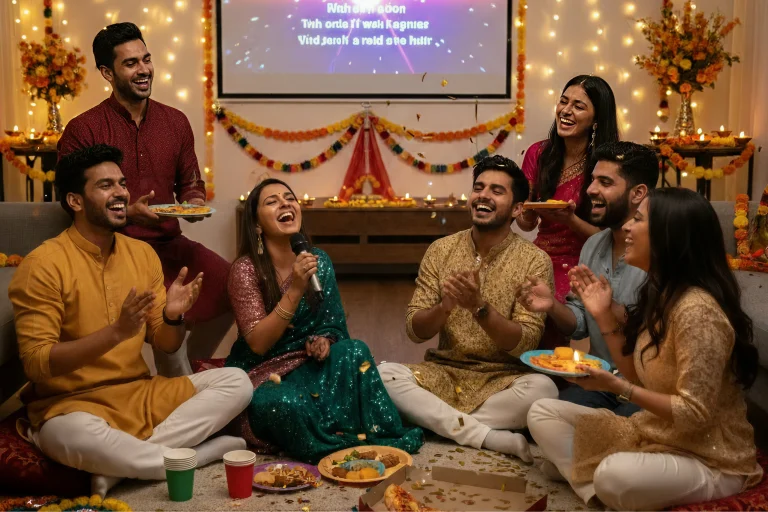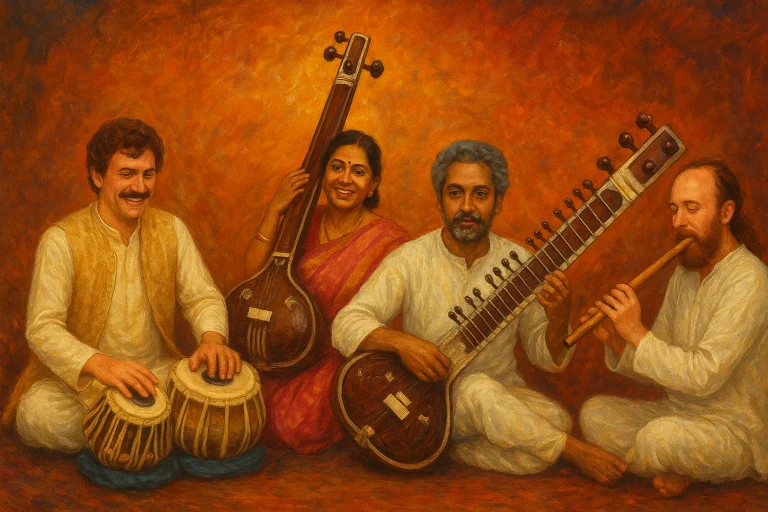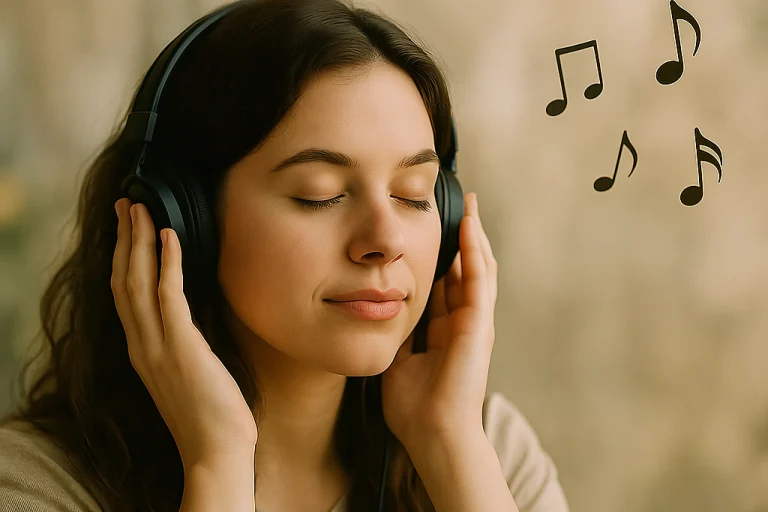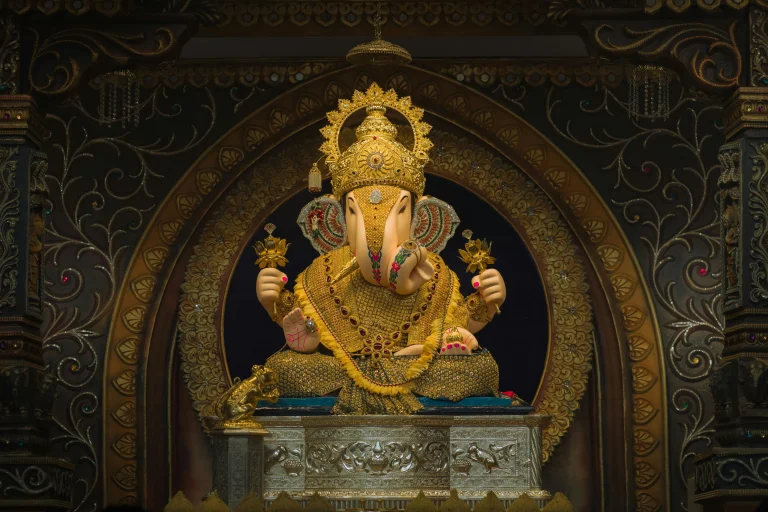All Topics
- Alchemizing Music Concepts for Students
- Artist Spotlight
- artium gift card
- Artium Maestros
- Artium News
- Carnatic Music
- Devotional Music
- Editorials by Ananth Vaidyanathan
- Film Music
- Guitar
- Hindustani Classical Music
- Indian Classical Music
- Indian Folk Music
- Insights
- Instruments
- Karaoke Singing
- Keyboard
- Kids Music
- maestros
- Music Education
- Music for Kids
- Music Industry
- Music Instruments
- Music Theory
- Music Therapy
- Piano
- Tamil Film Music
- Telugu Film Music
- Time Theory
- Tools
- Uncategorized
- Vocal Singing
- Vocals
- western classical music
- western music
- Western vocal music
Alchemizing Music Concepts for Students, Film Music
10 Iconic Aishwarya Rai Songs That Prove Music Never Ages
10 Iconic Aishwarya Rai Songs That Prove Music Never Ages
Table of Contents
For a good period of time after winning the Miss World crown, Aishwarya Rai was referred to as the most beautiful woman in the world. And it is not an exaggeration. When we first saw her in the famed Pepsi ad with Aamir Khan, saying, “I am Sanjana,” she became a sensation because she looked just stunning. Then came Miss World, which catapulted her to international fame. In her early films, her beauty is something to be seen to be believed. For me, she indeed is the most beautiful actress in the history of Indian cinema.
Today, it is 28 years since she made her debut in Indian cinema in 1997. Her initial filmmakers focused heavily on leveraging her famed beauty, but soon she emerged from the shadow of her own beauty and proved herself an extremely competent actress. By 1999, she played a de-glamourized character in Aa Ab Laut Chalen, and that same year, she appeared in Hum Dil De Chuke Sanam, for which she received her first Filmfare Award for Best Actress. She went on to create many milestones.
Timeless Aishwarya Rai Songs
The following is a compilation of some excellent songs that received an extra fillip by virtue of her beauty, screen presence, and interpretation during picturization.
Nimbuda – HUM DIL DE CHUKE SANAM
Nimbuda Nimbuda has turned out to be a milestone number both for Aishwarya Rai and Kavitha Krishnamurthy. Kavithaji was once asked how she and her husband, the famed Carnatic and Global Music maestro Dr. L. Subramanian, formatted their joint concerts. She said they would present a lot of classical fusion and then, she would also sing some of her top film numbers – and as an illustration, she said, like Nimbuda.
This is an extremely difficult song. I heard it for the first time in the movie hall and was quite stunned by the virtuosity it takes to sing this number.
Aishwarya Rai’s dance and the way the song has been composed and arranged by Ismail Darbar, choreographed by the legendary Saroj Khan, and filmed by Bhanksali, make it a landmark in film music. The rhythms are explosive in this song, and the dance choreography, as well as the shots taken and the editing, accentuate the pulsating rhythms.
For me, Hum Dil De Chuke Sanam remains my best Sanjay Leela Bhansali film and my favourite Aishwarya Rai film. Apart from her ravishing beauty, Aishwarya Rai brought out the varying shades of Nandini with amazing conviction.
An innocent, yet lively, almost mischievous girl, protected within the confines of a conservative musician’s family from the upper class of society, her transition into complete infatuation with her father’s student. The heartbreak when she is not allowed to marry him and has to marry a man of her father’s choice, and her long and arduous journey in finding her way forward within herself – it is a remarkable story, told with mastery by Bhansali and brought to life by Aishwarya Rai in a manner that makes the film among the best in the history of Indian cinema.
This was Ismail Darbar’s first film. Each song is a masterpiece. With just two films, he proved that he is among the finest music directors Hindi film music has had. The lyrics are by Mehboob.
Silsila ye Chaahat Ka – DEVDAS
This film was the second, and unfortunately, the last collaboration between Sanjay Leela Bhansali and Ismail Darbar. Of course, Bhansali has continued to bring remarkable music films after film, but Darbar has gone out of reckoning.
Aishwarya received her second Filmfare award for Devdas, playing the role of Paro, earlier portrayed by Suchitra Sen in Bimal Roy’s film, in which it was Vyjayantimala, playing the role of Chandramukhi, the courtesan, walked away with the honours. But in my personal view, in Bhansali’s film. It was Aishwarya who was able to bring out the pain of Paro – a woman dragged from one situation to another, pushed around by the hot-headedness and arrogance of those who controlled her life, including Devdas.
Aishwarya Rai’s songs conveyed the character’s silent agony extremely effectively. For me, Bhansali’s Devdas belonged to her. This was Shrey Ghoshal’s debut film, the film that became a launch pad to a brilliant career ahead. This song Silsila ye Chaahat ka captures the devotion of Paro to Devdas, for whom she has been waiting for years. She has kept a diya burning for all those years as a symbol of her undying love for him. Once he returns, she enjoys a short period of pure, innocent bliss before cruel circumstances tear her destiny away from him forever.
Kahin Aag Lage Lag Jaave – TAAL
Taal was one of Aishwarya Rai’s earliest Hindi films, released in 1999, two years after her debut. Hum Dil Chuke Sanam was released the same year. That was the period when producers were continuing to leverage both her beauty and her international image as a beauty queen. So in those initial years, her beauty became the focus. Subhash Ghai’s also exploited her beauty and dancing very innovatively and effectively in this movie, particularly in this song.
The entire set design and her costumes are stupendous. It is a pensive number. She has had a fallout with the man she loves and is simultaneously becoming famous as a dancing singer. The contrast between the glitz and glamour that have become part of her live, and the sadness within her is masterfully captured in this composition by both A R Rahman and Asha Bhosle.
A R Rahman debuted in Bollywood as Music Director in 1995, three years after Roja catapulted him to fame. Rangeela was his first original Hindi music score and won him a Filmfare award. He continued to win 18 nominations in Hindi and 10 awards as Music Director, (including one for Taal), an all time record! A large number of his Tamil movie songs have been dubbed into Hindi, starting from Roja. But when he composed for Hindi films, his style was distinct from that of his Tamil films.
Crazy kiya re – DHOOM 2
In this film, Aishwarya Rai in some ways looks her most beautiful ever, in a completely contrasting Western mould. She has a chiselled body and face, that defines her perfect features and eyes. Her skin has been darkened to a dulcet bronze, that accentuates her features in an exotic manner.
Her costumes have a stylish punk element that make the character of an international jewel thief come alive on screen with tremendous impact. The dance choreography by Vaibhavi Merchant is a fusion of Hip-hop, Waaking and of course Bollywood. But it is impossible to take one’s eyes away from Aishwarya Rai’s face in this song.
This Aishwarya Rai’s song is one of Sunidhi Chauhan’s innumerable megahits from that period where she not only ruled as the Numero Uno Female playback singer, but in fact, redefined the concept of the heroine’s voice, style and singing in Indian films. The composition is Pritam’s but Sunidhi Chauhan has a gift for infusing the song with inflexions and tones that she absorbs from international music and gives the song an interpretation that is just her own. The lyrics are by Sameer.
Barso re Megha
A fabulous movie, a fabulous song and fabulous acting and song picturization on Aishwarya Rai. Thinking about it, Aishwarya Rai had one quality that most other extremely beautiful actresses do not. She appears to be unconscious of her beauty and the impact it has on others. Her body language in films seems to convey that she is almost unaware that she is so beautiful. That in fact is one of her strengths as an actor.
In many films she has played a deglamourized role. Guru is certainly one of them. The film appeared very much scripted as a fictionalized attempt to portray the life and times of Dhirubai Ambani, though this was denied by Mani Rathnam. Aishwarya plays the protagonist’s wife – a strong, self-willed woman from a semi-rustic, humble background, who remains in all ways a strength for her husband who goes from humble beginnings to phenomenal heights in industry.
This song is Aishwarya’s entry song. Composed by A R Rahman, with lyrics by Gulzar, this remains one of Shreya Ghoshal’s coveted numbers. The melodic contours of this composition, especially towards the conclusion, require tremendous vocal dexterity. But Shreya Ghoshal breezes through all complexities like a warm knife slicing through butter.
Mann Mohana – JODHA AKBAR
I often wonder why Bela Shende did not make it to the top league in Hindi films. When I heard this song again before making this compilation, I was again astounded at the way she has rendered this song – her solid classical grooming comes through. Her clarity and musicality of her tone, her sur, her control over the contours and feel of the song – all are outstanding. A beautiful composition by A R Rahman in Mishra Bhairavi, the lyrics are by Javed Akhtar.
While Aishwarya Rai and Hrithik Roshan both look fantastic in this extraordinarily shot song filmed by Ashutosh Gowariker, I have to say Bela Shende’s voice and A R Rahman’s music simply absorb all the attention. The violin interludes in the original film track are worth studying. Violin sections are usually screechy in Indian film music. Rahman has scored the string section in a medium pitch, giving the tone warmth and richness.
Udi teri aankho se – GUZAARISH
While it is sad that Ismail Darbar and Sanjay Leela Bhansali parted ways, it has to be admitted that Bhansali took over the job of music direction in his own films and came up with remarkable music. This song is one of the many songs worth mention.
Sunidhi Chauhan of course interprets the song in a manner that no other Indian singer can. The style of both the music and the dance is rich in elements of Spanish flamenco, fused with Bollywood. Aishwarya Rai is in her element in this song.
Kalvare kalvare – RAAVANAN
I have selected this song as part of this compilation of Aishwarya Rai’s songs, essentially for the beauty of the composition and Shreya Ghoshal’s singing. This is among those songs that have a national appeal, beyond language barriers. To be honest, while the scene is picturized well – the husband and wife (Prithviraj and Aishwarya) in playful marital bliss, largely in their home, I can’t help wishing that the director had reserved this song for another situation – something that would have resonated with the haunting stillness in the song, the soft sensuality of the lyrics, the tune, arrangement and the way it has been rendered.
The vocals that go with the interlude before the first antara is a challenge for contestants in reality shows. One of A R Rahman’s most beautiful compositions and one of Shreya Ghoshal’s masterpieces. She infuses a sense of longing and surrender into the sensual lyrics that make them sound pure and pristine.
Kannamoochi Yenada – KANDUKONDEN KANDUKONDEN
One of Aishwarya Rai’s early films in which she proves that she deserves to be called the most beautiful woman in the world. In this dance sequence, she comes in a variety of costumes and hairdo, in different styles, each showcasing her ethereal beauty in different ways. Her dancing has an exceptional quality to it. While it is not complex, it is agile without effort. She has an innate fitness that makes her move in perfect lines with utter ease.
She is extremely light in her movements, which make her appear almost weightless at times. And above all, she has the gift of natural elegance and fluidity that matches her beauty.
This composition by A. R. Rahman is based on the Raga Nattakurunji. When one first hears the song, one cannot make out the raga, because the Sa appears to be at ‘da’ in ‘yenada’ in the sthayi (Pallavi). But when you hear the song with the same ‘da’ and Madhyamam, then Nattakurunji looms forth! K S Chitra’s nimble vocals and crisp detailing are remarkable. Her gamakas, dynamics, and feel take the composition to heights.
Vennila Vennila Vennilave – IRUVAR
This was also Aishwarya Rai’s debut film – in Tamil. Iruvar and Aur Pyar Ho Gaya released in the same year. The movie was loosely based by Mani Rathnam on the life and times of the three political icons of Tamil Nadu – M G Ramachandran, M. Karunanidhi and J. Jayalalitha.
This song, composed by A R Rahman in a Jazz-Blues style, is rendered like a wizard by Asha Bhosle. The way she has understood the composer’s style is amazing. The music arrangement is outstanding.
Aishwarya Rai was naturally chosen for the film based on her newfound international fame as Miss World. She had taken the world by storm at that time; such was beauty. Naturally, the filmmaker focused heavily on leveraging her beauty, and that is precisely what the song’s picturization achieves. Shot against the backdrop of the Taj Mahal from different positions and angles, Aishwarya does look breathtaking. Her costumes are largely international in this song. Her dancing is sharp, defined, elegant, stylish – ravishing to say the least.







